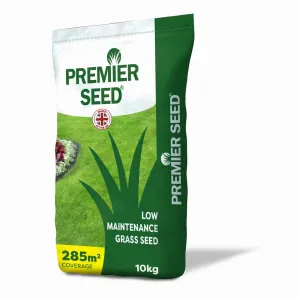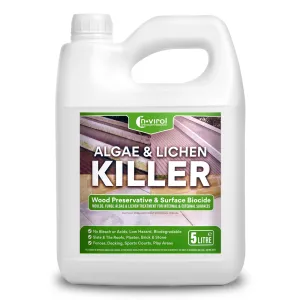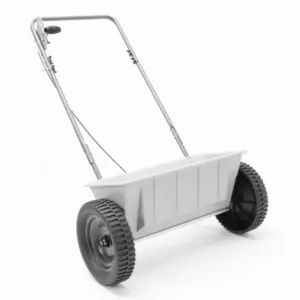The ground is normally still warm in autumn meaning you can sow seed and watch it establish before winter sets in. Turf will take fertiliser well in autumn – giving it the strength and vigour it needs to survive the colder months and flourish when warmer weather arrives next year.
There are four key steps in an autumn lawn renovation programme:
1. Scarifying
2. Aeration
3. Fertilising
4. Seeding
Start with a scarify
You might think scarifying isn’t worth doing – all that organic material, moss and old clippings feed the grass, right?
Well, whilst some organic matter is good for all plants, on a lawn, dead moss and thatch can create a dense mat which prevents light and moisture getting to grass roots. This in turn can weaken the grass meaning when it comes to spring, it will struggle to grow.
Scarifying in autumn also helps prevent waterlogging over winter months which can lead to bare patches come spring. So, in short, scarifying is an essential first step in helping generate a healthy, attractive spring and summer lawn.
Avoid scarifying in temperature extremes and don’t do it at all if frost has arrived, or if your lawn is already lush, green and free from thatch.
Choose your preferred scarifying tool – electric or manual – and get to work removing that dead brown material. Take a look at our guide to scarifying for more information, tips and techniques.
Aeration improves performance
Once you’ve scarified, think about aerating the lawn. The process of aeration helps moisture, oxygen and nutrients reach the root zone and corrects soil compaction which can prevent healthy root development.
Aerating also creates a productive environment for seeding and fertilising so is well worth doing to improve the chances of a healthy lawn come next spring.
In autumn, try and use a hollow-tine aerator as this will help improve drainage. Try and complete this process before mid-October (or when there is a chance of ground frost) to prevent the lawn from heaving up.
Aerate your soil when it is still moist – a day after rain is ideal. Concentrate your aerating over compacted areas but ignore any areas that appear healthy or on more open soil. Leave the soil plugs from the tines on top of the lawn to break down.
Autumn fertiliser
Although the weather is cooling, plants still have a few months growing time left so will benefit from a burst of nutrition to see them through winter.
Select a fertiliser in autumn that will help grass sustain itself through cooler months. Invigorator Plus is ideal – it contains a targeted NPK balance as well as magnesium oxide and iron to improve hardiness and see off the dreaded moss build up.
Alternatively, a fertiliser like Greenmaster Cold Start will help improve turf hardiness and help grass get going early in the spring season. Despite the name and association with golf greens, both these Greenmaster products are well suited to all lawn types.
A good allrounder for autumn is our Nutrigrow 3-12-12 autumn blend fertiliser. This will help strengthen turf and encourage strong root development – ideal for pre-winter months.
Finish with seeding
Lawns cannot re-seed themselves when mown, so need additional help in autumn to retain their density and visual appeal.
Over-seeding is the process of re-densifying lawns - mitigating for worn patches, over-use, or just addressing the impacts of lawn stress.
In autumn, make sure you select a seed that isn’t going to grow too rapidly. You don’t want to be left with very long grass that can’t be mown in cold wet weather. Our Premier Low Maintenance Grass Seed is ideal and produces an excellent appealing lawn.
Take a look at our guide to overseeding a lawn for more detailed instructions on overseeding. This process is significantly more effective if all the previous steps of scarifying, aeration, and fertilisation have taken place.
You can also sow wildflower seed in autumn with flowers appearing the following spring. Finally, consider covering overseeded or newly sown lawns with netting to prevent birds taking the seed.














